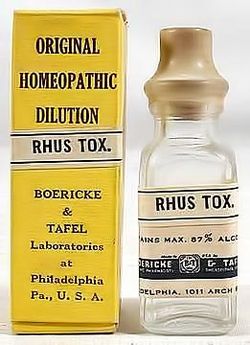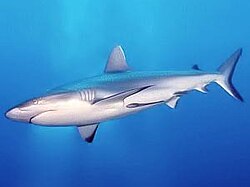
This is a non-exhaustive list of alternative treatments that have been promoted to treat or prevent cancer in humans but which lack scientific and medical evidence of effectiveness. In many cases, there is scientific evidence that the alleged treatments are not effective, and in some cases, may even be harmful. Unlike accepted cancer treatments, treatments lacking in evidence of efficacy are generally ignored or avoided by the medical community and are often pseudoscientific. [1] Many alternative cancer treatments are considered disproven because they have been investigated with clinical trials and have been shown to be ineffective. [2]














